7 “health foods” that are ruining your diet
These surprising picks may be sabotaging your weight loss plan.
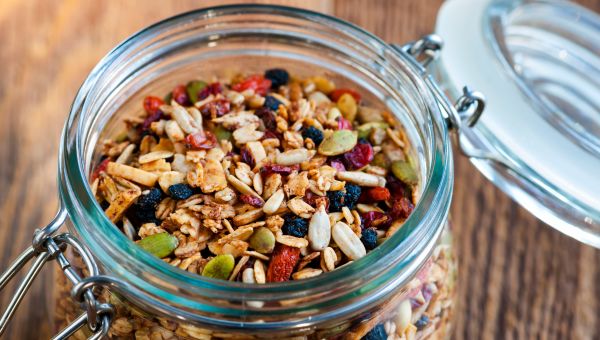
Salads and smoothies seem like smart picks for healthy on-the-go foods, but you may be surprised to learn that many times they’re packed with extra calories, sugar, carbohydrates and salt.
Nutritionist Joanna Allen, of Garden Park Medical Center in Gulfport, Mississippi, dishes on 7 “health” foods that can really pack on the pounds if you eat too much of them.

Soups
Soups are hearty and delicious go-to’s on colder days, but not all soups are created equal. The base of your soup can make or break its healthiness. “A cream-based soup is going to be much higher in calories and fat,” says Allen. In fact, one cup of chicken noodle is about 100 calories, while one cup of broccoli cheddar is almost 250.
When you eat soup, opt for broth-based soups like vegetable or chicken noodle or cream-free tomato soups and stews instead. And steer clear of cream-heavy bisques and chowders when you can. If you have to reach for canned soups, choose low-fat, reduced-sodium soup options.

Salads
Salads, depending on what they’re made of, can be fresh and healthy picks to throw together or order in a pinch. But dieters beware: they can also sabotage your weight loss goals if they’re covered in fatty toppings like cheese, bacon, creamy dressings and croutons.
“Salads at some fast food restaurants can have almost 30 grams of fat and 500 calories, while a cheeseburger and an order of medium fries has 28 grams of fat and 630 calories, so there’s not much difference between the two,” says Allen.
Make sure your salad is actually healthy by asking for your dressing on the side, choosing the grilled version of your protein rather than the fried, and asking for little or no bacon or cheese. For a crunchy topping without all the calories, try sliced almonds or crushed bean “tortilla” chips instead. And whole grains like quinoa, bulgur or barley will help fill you up.
When it comes to dressings, choose oil and vinegar-based dressings rather than cream and mayonnaise-based options; fresh salsa can be a guilt-free salad topper, too. If you can’t bear a salad without your favorite creamy dressing, divide your salad into two. Use your favorite fatty dressing on one portion, and the healthier dressing option on the other half.
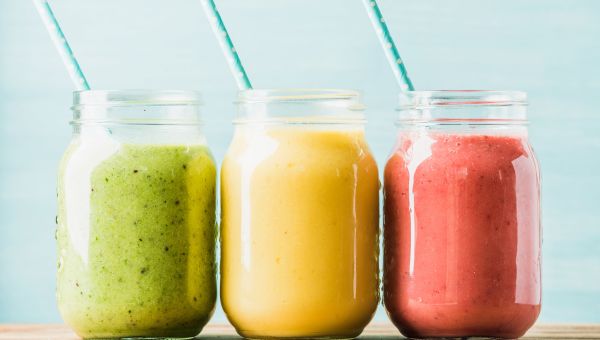
Smoothies
Sugary syrups and processed protein powders can add up to 1,000 calories at fast food chain smoothies, says Allen.
It’s better to make your own smoothies at home, or hand pick the ingredients that go into you smoothies if you order them out. If you’re new to smoothie making, here’s how much of each ingredient to include: one to two cups of liquid base, up to two cups of greens, up to three cups of fruit, plus a tablespoon of nut butter or protein powder.
Keep your smoothie healthy by using milk—like unsweetened coconut, almond or skim milk—as your base instead of juice. Then add fruits like strawberries, bananas or blueberries and a protein such as Greek yogurt, nut butter, seeds like hemp or chia or protein power (whey, soy and plant-based options are best). For added vitamins, try throwing in some spinach, kale or celery. Spices like cinnamon, nutmeg or vanilla extract can pack an extra, low-cal flavor punch, too.
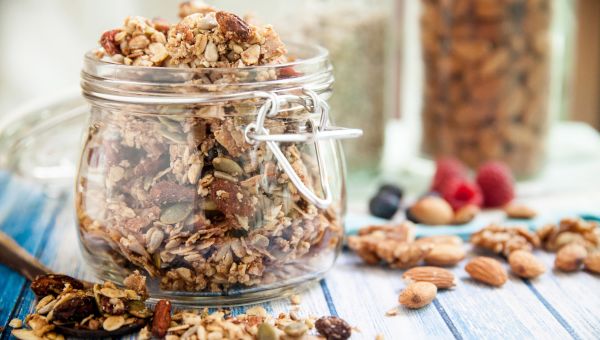
Granola
Depending on what it’s made out of, granola can be super high in calories, fat and sugar, says Allen. Most granola is made of oats, nut, seeds and dried fruit—all nutrient rich ingredients—but chocolate chips and sugary syrups can add serious calories to store-bought options.
Look for granola options with raw oats, unsalted nuts and unsweetened fruit, and mix your granola into something rather than snacking on it by the handful. Add it to something like low-fat Greek yogurt, then top it with some fruit such as berries, says Allen. Hooked on granola bars? Try options that are nut or fruit based rather those that are grains-based. Homemade granola bars are easy to make, too: ingredients like unsweetened cranberries, old-fashioned oats, unsalted almonds, all-natural maple syrup, flax seeds and peanut butter can be combined and baked for a nice treat.
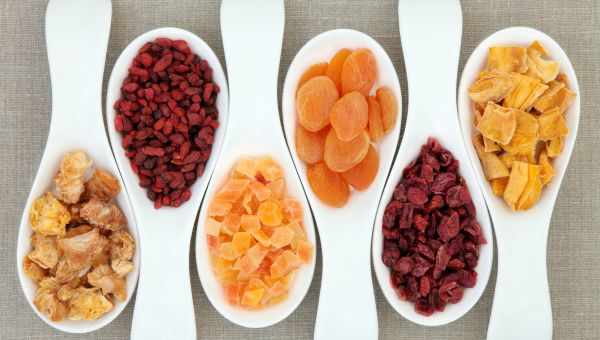
Dried Fruit
You may think anything made of fruit is good for you, but that’s not always the case. Certain dried fruits like apricots and dates are concentrated with calories, especially from sugar, says Allen. While they still have antioxidant and fiber components, they may actually be stripped of some vitamins during the dehydration process.
Sprinkle dried fruit like apples or cranberries in your salads rather than snacking on them straight out of the bag. And when you do eat dried fruit by itself, pair it with a low-fat cheese stick or a handful of nuts so you’ll stay fuller, longer. When selecting picks from the grocery store, aim for options without added sugar or other ingredients (the only ingredient should be the fruit itself).

Fruit juices
All-natural fruit juice can provide some of the vitamins and minerals that you find in whole fruits, as long as you control your portions. “The biggest problem with fruit juices is that most people pour more than the recommended serving size,” says Allen.
Craving apple juice? Eat an actual apple instead of reaching for juice. “You’ll get a lot more fiber eating the whole fruit than you would in fruit juice,” says Allen. When you do choose juice, opt for all-natural, 100 percent, no-sugar added juice options or the low-cal versions of your favorites. Do limit the amount you drink—the American Institute for Cancer Research recommends no more than one cup per day.
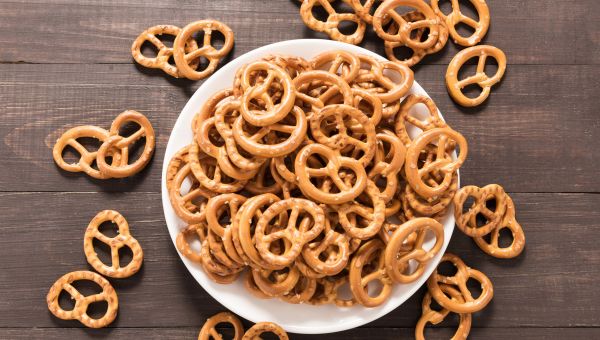
Pretzels
Pretzels may have been your go-to snack food years ago, but you may want to be careful when it comes to the salty snack nowadays.
“People are starting to look at carbohydrate intake much more now than they did in the past,” says Allen. “10 or 15 years ago there was a push to reduce fat intake so we turned to things like pretzels and baked potato chips.”
But reduced-fat doesn’t give you license to eat as much as you want. With low-fat foods, people think they can eat as much as they want because it’s low fat, but they still have to watch portion sizes, says Allen.
While pretzels are a much healthier pick than greasy potato chips, pay attention to serving size: only about 16 small waffle-shaped pretzels equals one serving. And don’t eat too many flavored pretzels like honey mustard and barbeque as they likely have a lot of sugar and sodium. Your best bet: unsalted mini pretzels to keep your sodium and hunger levels in check.

Just be aware of what you’re eating
You don’t have to do away with these foods completely, but reading labels and educating yourself on serving size, calorie count, fat content and how they fit into your diet is key, says Allen. “For example, many people are leaning towards almond milk these days, but the calories per serving can range from 30 to 100.”
One of the easiest ways you can monitor what you’re eating is to track it or look it up before you indulge. MyFitnessPal is a helpful app tool that allows you to track calories even before you get to the restaurant or select the snack from the grocery store. A food scale can also help you measure out food portions at home. And be sure to check the servings per container when reading the nutrition label, too.
More On


video

article
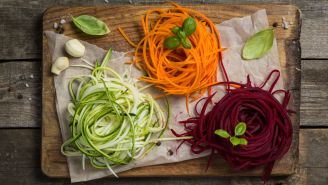
slideshow


video


video
